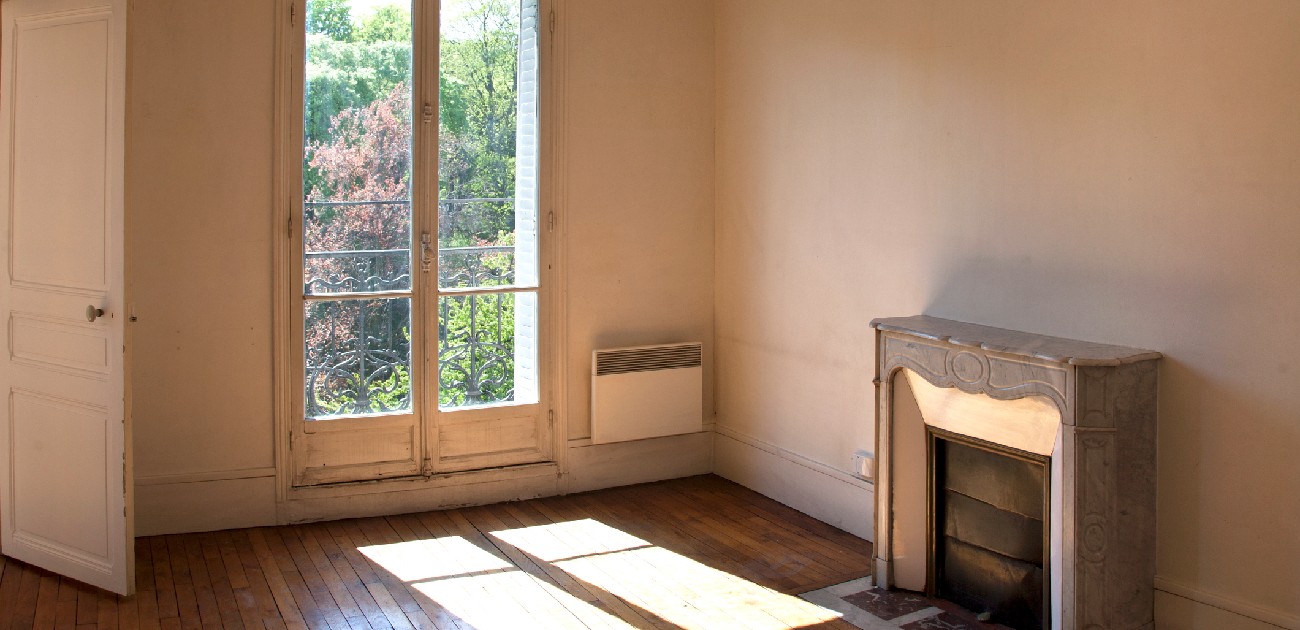Bike lanes, rezoning, affordable housing, density and the manufactured housing crisis are all gentrification schemes, scams and plots until proven otherwise.
How?
1. Bike lanes
Bike lanes are used to shape the character of a neighborhood. One of the first things that happens in a neighborhood that’s been gentrified is the construction of bike lanes and all of the restructuring of ‘normal life’ that it takes to accommodate them. In cities this means less on street parking.
In DC this played out with a high profile fight between historically Black churches that need on street parking for their church services, weddings and funerals vs gentrifying colonists with no families and no connection to the community. Guess who won due to their lobbying ($$$) efforts?
2. Rezoning
Rezoning is a current hot issue in DC, PG & MoCo. The same folks who wanted bike lanes argue that affordable housing & density are needed to address the manufactured housing crisis. And they say they need rezoning to accomplish their goals. Well… what’s the harm in rezoning? Some rezoning is needed. It happens all the time. In the case of the gentrifiers they can’t afford to buy single family homes in the neighborhoods they want: Takoma Park, Chevy Chase, Shepard Park, Silver Spring, etc. so they want to rezone them. There is a need for some rezoning. The problem here is that developers will use new zoning regulations to push out the remaining low income/middle income families in these neighborhoods.
How will rezoning push people out? When you rezone a neighborhood from low density to high density and start building $2500 condo and apartment units you drive up the prices on the lower income folks who make up the neighborhood.
The purple line is going to gut Langley Park & Riverdale and push out the immigrants. Developers have already purchased the existing low income housing and as soon as everything is properly zoned they will tear it down and replace the $1100-1400/month units with $1800-2500/month units.
https://www.bizjournals.com/washing...-bedford-victoria-station-prince-georges.html
3. Affordable housing
Affordable housing is something we all want. Unfortunately, it’s mostly a tax payer funded giveaway to developers. They make agreements to build it in order to get their projects past parks and planning. Then in the design phase they phase out as much it as possible. So the finished project inevitably delivers less housing than planned and at a higher cost than planned. Sometimes the affordable units expire after 10-15 years and go back to the market rate. Sometimes the affordable housing is based on what’s considered affordable for the neighborhood. So when you build affordable housing in Bethesda it qualifies by being priced for people making 60% (I’m making this number up) of the neighborhood median income. So in this case the developer is really building a home for the upper middle class and marketing it as being for the poor while getting a tax cut. There is nothing affordable about $700,000 condos and homes.
4. Density & 5. The manufactured housing crisis
America is not Europe. We have massive amounts of undeveloped and underdeveloped areas. The density advocates would lead you to believe there are only 7 liveable cities and we have to squeeze our entire populace into them. If we can’t it’s a tragedy.
Instead of rezoning and destroying ‘hot’ neighborhoods to achieve mythical density what if we encouraged people to purchase & renovate the 14,000 vacant homes in Baltimore that are fueling crime & causing city services to be overstretched and underfunded? The estimated 40,000 vacant homes and lots in Philly. And on and on. The internet estimated 50,000 vacant homes in Detroit. It’s estimated that there are 16 MILLION vacant homes in the US.
But a vacant home is not always a reflection of a worrisome trend for a housing market.

www.nar.realtor
But Consigliere, we have a homelessness crisis! We need housing for them.
The city of New York has an estimated 2500 units for the homeless that are sitting unoccupied. This is enough units to house the entire homeless population of NYC.
A recent survey by the Supportive Housing Network of New York found that 10 percent of the city’s apartments for homeless housing are sitting empty,

nypost.com
In DC 25% of the city managed affordable housing is vacant.
My point with all of this is that moneyed interests are attempting to exploit a situation that they created. And their plan is to promise solutions and underdeliver so they can do the same old business as usual. The only thing that has changed is the way they’re selling it.










